Nicolás Cuello reviews curatorial projects in Argentina that have made visible resistance and struggle against the heteropatriarchy since the nineties.

Tobías Dirty, Un sueño divino, 2017. Medidas variables. Fotografía por Martín Farnholc Halley.
Today in Argentina we joyously acknowledge that feminist and queer organizing has proliferated internationally and become a global phenomenon. Our vibrant efforts to increase visibility and improve media representation of our communities has led to important transformations in our processes of training, reproduction, and resistance in the face of the normative patriarchal culture and the gendered order of social sensibility it upholds. In the particular case of Argentina, the reverberations of the experiences of collective organizing in the Global South—largely led by women, but also achieved through a number of critical initiatives that united people with non-normative desires, dissident sexualities, and alternative lifestyles—have developed successful strategies for temporarily occupying public spaces and challenging normative biopolitical power structures. It is in the context of these changes that a broad range of cultural devices, characterized by their expressive language—the multiplicity of sensitive experiences and forms of representation that emerge from their movements—and organized in a coordinated manner by distinct cultural agents, has interrupted the conservative turn of neoliberal politics allied with religious fundamentalism, dual forces that have taken shape across the Americas. These interruptive artifacts question the regimes of inequality that have been naturalized by industrial technologies of representation manned by heteronormative sexual politics.
In the wake of this igneous effervescence proposed by the desire for subjective transformation of the sexual and bodily imagination, a number of curatorial projects have emerged in Argentina that center their energy, both explicitly and tangentially, on thinking about, recovering, contaminating, and multiplying the sweet essence of this differentiating power.

Ad Minoliti, Queer Deco series, 2018. Impresión sobre lienzo, 140 x 100 cm. Imagen cortesía de Agustina Ferreyra Galería.
First, we must consider the collective impact of recent museum retrospectives of women artists on the fragile masculinity of art history. It is essential that we understand these women’s practices if we are to chart the genealogies of recent Argentine art. We have Marina De Caro’s Contra la gravedad (2015), Ana Gallardo’s Un lugar para cuando seamos viejos (2016), and Liliana Maresca’s El ojo avizor. Obras 1982-1994 (2017), shown at the Museo de Arte Moderno de Buenos Aires, as well as a number of exhibitions that recovered the long work of activist collectives, such as Mujeres Públicas’ Fragmentos de un hacer feminista (2016) at the Museo Caraffa in Cordoba and Grupo de Arte Callejero’s Liquidación por cierre (2017) in Parque de la Memoria.
In this same vein, we should consider a number of artist-run group exhibitions such as PintorAs, founded by Ad Minoliti and Paola Vega in 2009, and which was held in 2017 in collaboration with Carmen Ferreyra at Galería Ruby, or G.I.T.C.H (Girl’s International Terrorist Conspiracy from Heaven), also coordinated by Ad Minoliti in 2015 at Galería Otero. Collectively, these exhibitions revived a critical spirit in local art practices by responding to and reconfiguring the need for curatorial projects developed by women and queer artists that challenge the naturalized privileges of the hetero-patriarchal economies of the art world. Examples of this spirit can be found in a series of three exhibitions held under the title Mitominas (1986-1988), and in the subsequent proposals Juego de Damas (1996) and Mujeres (1998), or in the interdisciplinary calls organized by the monthly erotic short-story publication El Libertino, entitled Erotizarte (1993 and 1995). At the same time, the irruption of Esta se fue, a esta la mataron, esta murió, the first exhibition held at the Archive for Trans Memory—an independent project run by trans women and drag queens along with a group of photographers—assembled visual records of trans and queer communities and ensured the survival of their oral histories and personal archives. This endeavor helped to challenge the cissexist strategies of inclusion articulated by a certain strain of liberal feminist discourse that considers the equal integration of women into the art world as the end goal of political transformation, but fails to question the exclusion of other subjectivities. The Archive for Trans Memory also led to a shift in the conceptualization of archival and curatorial work by showing them to be exercises in social justice in which preserving memory becomes a historical reparation.


To this abbreviated list we can add several exhibitions that took place over a short time and initiated a series of public discussions exploring the limits of the system of production of gender identity, the effects of machista violence, and the possibilities of subject singularization that emerge from a vulnerable exploration of the body and its erotic tensions. Among these are the work of non-collective Serigrafistas Queer, with its permanent alliance with local socio-sexual movements; two important exhibitions of the work of Fatima Pecci Carou, Algún día saldré de aquí at Parque de España de Rosario Cultural Center (2016) and Kosopure Cosplay at Selvanegra gallery (2017); Ad Minoliti’s recent series Queer Deco and G.S.F.C. (Geometrical Sci Fi Cyborg) (2016-2017); the work of Nicanor Araoz, ranging from Glótica at Galería Barro (2015) to his latest show Antología genética. Esculturas y estudios encadenados, 2006-2016, curated by Lucrecia Palacios, Alejo Ponce de León, and Inés Katzenstein at the Universidad Torcuato Di Tella (2016); the work of Hernán Marina in Somos and the Rosario-based artist Mauro Guzmán’s Comerme los ojos de los otros, both shown at Henrique Faria (2017); Franco Mehlhose’s El gusto es nuestro, curated by Juan Cruz Pedroni at BÚM in La Plata; and lastly, Mareadas en la marea: diario íntimo de una revolución feminista, curated by Fernanda Laguna and Cecilia Palmeiro at Galería Nora Fisch (2017), a space where they have worked on various occasions on such projects as “Belleza y Felicidad Fiorito,” a current initiative dedicated to cooperative textile work and feminist activism. This gallery is also notable for housing the work of Osias Yanov, whose performance project VI Sesión en el Parlamento (2015) at the MALBA included a series of conversations with queer philosopher Paul B. Preciado that explored the relationship between art, sexuality, and technology, a central question for the underground research of independent post-pornography. In this same vein, it is important to recall a series of exhibitions held at La Ene, Nuevo Museo de Energía de Arte Contemporáneo, among them Arte Básica, which featured the work of the collective Básica TV (2016); Imágenes seropositivas: Prácticas artísticas en torno al VIH durante los años 90, curated by Francisco Lemus (2017); Una época/ninguna época, curated by the artists Martin F. Halley and Tobias Dirty (2017); and Tobias Dirty’s solo exhibition, Feminancy, held at Galería Isla Flotante (2017). Galería Isla Flotante also shows the unforgettable work of Mariela Scafati, whose latest exhibition Handcuff Secrets (2017) was one of the most talked-about pieces at the last edition of Art Basel in Miami.

Ad Minoliti, Queer Deco series, 2018. Impresión sobre lienzo, 140 x 100 cm. Imagen cortesía de Agustina Ferreyra Galería.
When one analyzes the central characteristics of this series of initiatives, it becomes impossible to ignore the political, affective, and emotional legacy that the curatorial models of artists like Jorge Gumier Maier at the gallery of Centro Cultural Rojas (1989-1996) have left behind, as well as the influence of Fernanda Laguna and Cecilia Pavón in their gallery Belleza y Felicidad (1999-2007). By exalting domesticity, folk art, amateur precarity, low-cost design, and the politicization of intimacy, these initiatives opened the doors for the expression and exploration of abject registers of the queer sensibility that were already spilling out from the international market of conceptualism, while still concentrating on the material exploration of new formal languages from which questions about the body, violence, desire, and sexuality emerged.
As I mentioned at the beginning of this article, there is a climate in our era that has facilitated the proliferation of curatorial proposals like those mentioned above.
We are witnessing a moment of discord and transformation in the available political imaginaries of the body and processes of biopolitical allocation.
Artistic, curatorial, and museological practice can now become laboratories for micropolitical experimentation where we can explore strange languages and subjective experimentation while investigating other ways of being that are not easily defined by a single term.

Tobías Dirty, Un sueño divino, 2017. Medidas variables. Fotografía por Martín Farnholc Halley.

Tobías Dirty, Venus y yo, 2017. 150 x 130 x 60 cm. Fotografía por Martin Farnholc Halley.
But in the same way that this juncture offers such an opportunity, it is necessary to construct predictive mechanisms to anticipate the technologies of cultural co-optation and symbolic exploitation with which the contemporary art market collaborates in the normative reification of the world as we know it. For this reason, it is important to call attention to the margins of tolerance and acceptability registered in institutional languages of the art world, not to provoke the paranoid effects of professional immobilization, but in order to recognize the role curatorial practice plays in the possible normative substantiation of feminisms and sexual dissidence, forcibly allocating political power to the normative representational economics surrounded by the anxious frontiers of identity nationalization and the fetishized consumption of difference that sustains multicultural industries.
The counterhegemonic force of feminist and sexually dissident politics has, as we can see, come to articulate expressive languages and imaginative tools to strategically (un)do the conditions of biopolitical legibility to which non-normative bodies, desires, and sexual practices must respond. This potency emerges, be it consciously or not, in a growing number of cultural experiences throughout the Americas. For this reason, it is urgent that we design ways of working in Latin American curatorial practice that can dodge the effects of symbolic exploitation of art’s differentiating power, eschew colonial mechanisms of anthropological exoticism present in exhibition circuits, resist the subalternizing bodily representation of global capacitism, and reject the limits imposed by the biological absolutism of the cissexist vision that have been naturalized in art history. Only in this way can we twist the ruffianizing ambition of the surplus value of imagination embodied in these other sensibilities.

Mujeres Públicas, registro de la exhibición Mujeres Públicas. Fragmentos de un hacer feminista 2003-2016 en el Museo Emilio Caraffa, Córdoba, Agosto de 2016. Imagen cortesía de la Agencia Córdoba Cultura.
Fortunately, curatorial practice in our region continues to offer terrain for sensitive exploration that resists the normative evaluation of its expectations and forms of incidence in the cultural field. The definitions of curatorial practice today vary from complex approximations that reduce it to a commercial ruse and disregard any sense other than high-design installation, or restrict it to an obsessive exploitation of its transferable potential as a techno-pedagogical tool, or define it as a low-risk practice focused on developing exhibition tools that negotiate, with refined diplomacy, the anxious border between the disciplines and institutions at play. But this practice may also be understood positively, as a tool for increasing sensitivity and enhancing its status as an apologetic artifact of sensual provocation and intensification, as a mechanized platform of institutional critique that melds different systems of language together in order to create essays that make hypotheses vibrate around a shared historical sensibility, or even as a complex contextual system of orientation that develops experiences capable of overcoming the paralyzing contemplation of prêt-à-porter art, giving way to the possible reconfiguration of the institutions it inhabits to facilitate the emergence of new forms of subjectivity.
What role can curation play in this emerging critical context of new sensibilities that challenge, from a position of exhaustion and tenacious obstinacy, systemic heteropatriarchal oppression? Although it is difficult to offer a certain response, one image that the Argentine curator Marcelo Pacheco offers for defining this practice is working around holes, which pushes us to imagine new forms of queer destabilization of labor and to incorporate to our benefit the destabilizing power of feminism into the very spaces where curatorial language is developed.

Porquería Mala, Papá, 2017. 155 x 35 x 35 cm. Parte de la exhibición Una época/Ninguna época en La Ene – Nuevo Museo Energía de Arte Contemporáneo, Buenos Aires, mayo de 2017. Fotografía por Martin Farnholc Halley.
For Pacheco, curation is defined as a narrative artifact in process, a constantly-in-progress writing mode that playfully builds and intensifies the possible meanings of a necessarily incomplete sensory experience. Pacheco argues that curatorial practice must be stripped of any possible aspiration to establish absolute meaning, but also that its essential function in presenting the humble failure contained in all representation is to recognize the force of disruptive subjective experiences, erotic margins that renew our imagination and forms that exceed institutional and disciplinary boundaries. Developing a perspective from the holes of culture, from the opaque thresholds of the commons, close to the epistemological horizons compromised by historical writing forever unfinished suggests a becoming open to the possibility of the enunciation of the other.
This can be an operational image that not only directs the curatorial imagination preoccupied by everything accumulating in the dumpster of meaning and the abject peripheries of disciplinary art, but also for bodies driven from the norm, for practices that disobey the sad, normative regulation of desires, or even for constructing a space of possibility for life experiences spilling over the threshold of the human. The curatorial apparatus, recognized as one of the contemporary technologies that has transformed the experience of art over recent decades, plays a critical role in the expressive modulation of this juncture in terms of body politics. An interesting tactic for avoiding its containment in the sterilized transformation of the prefabricated comfort of mass consumption sensibilities could be to incorporate the patient work of those who look thirstily through the glory holes of the bathroom of history, searching there for the perverse glimmer that tenuously or somberly illuminates the ethics of looking that safeguard the resonant force of images that survive in exile beyond the realm of normativity, sustained by the endless and vital dream of a new era of freedom and pleasure.

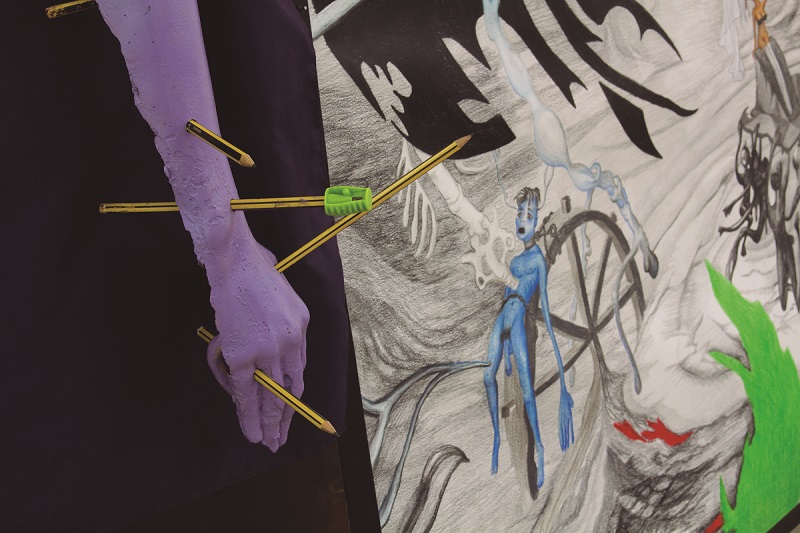

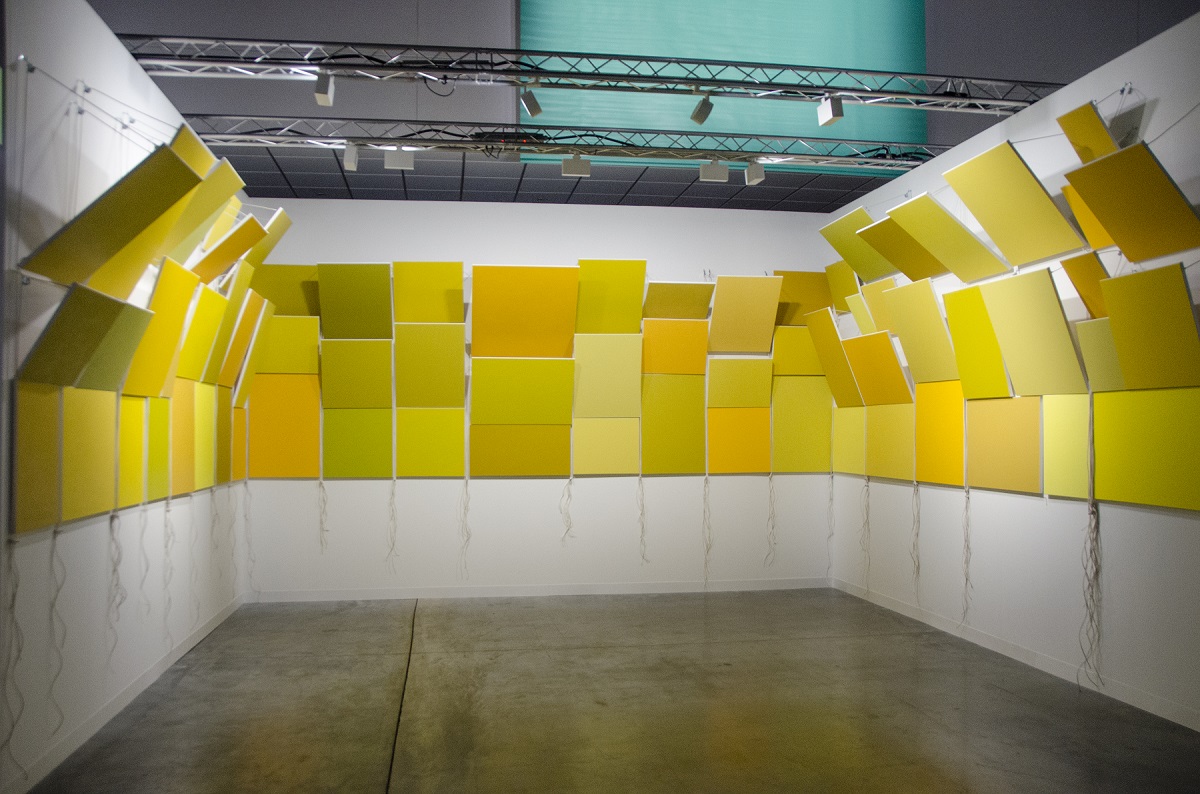
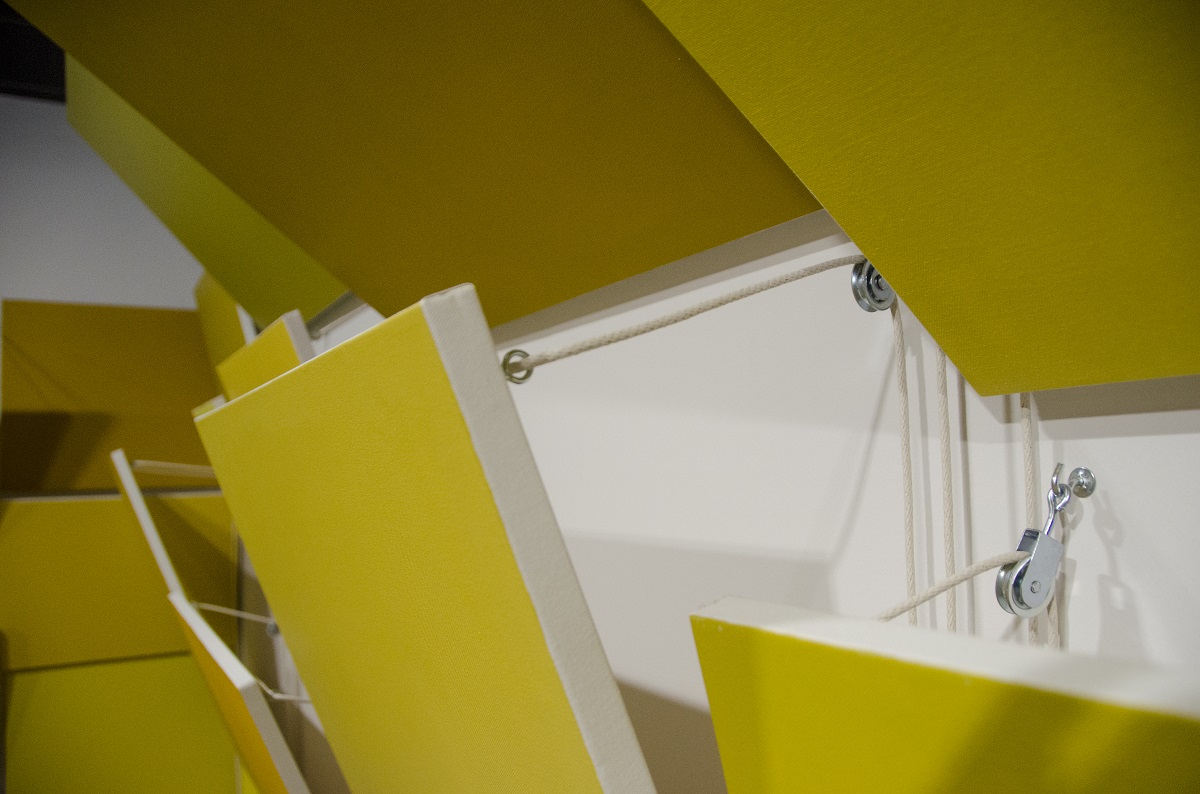
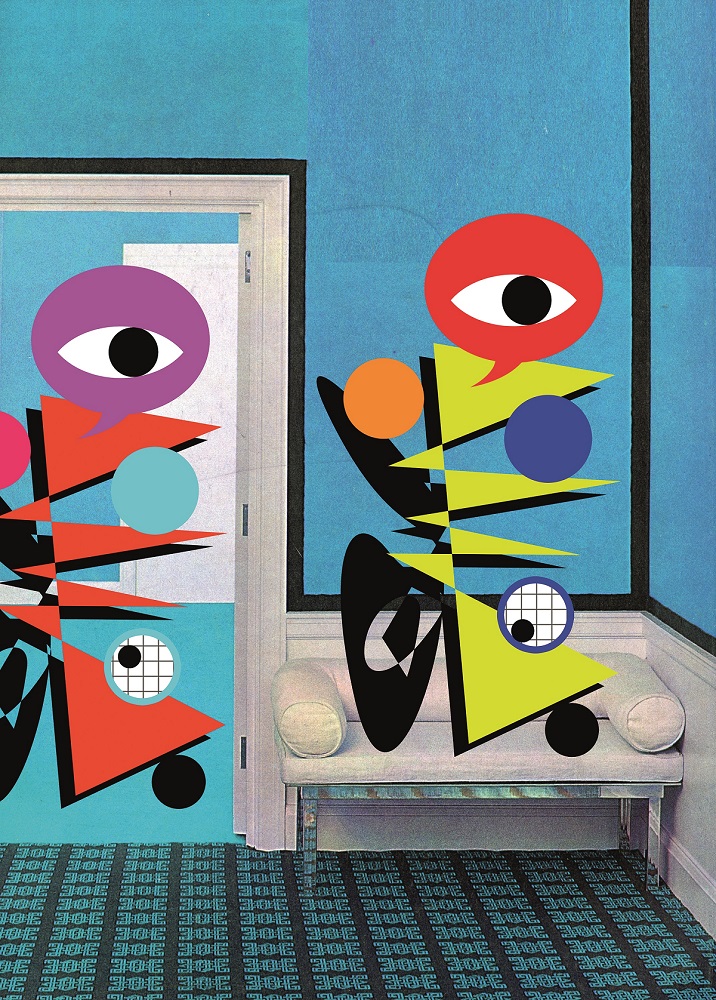
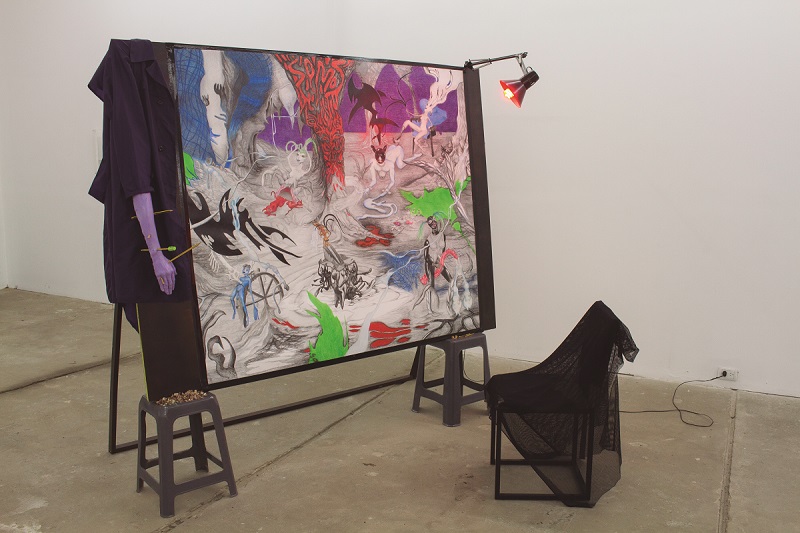
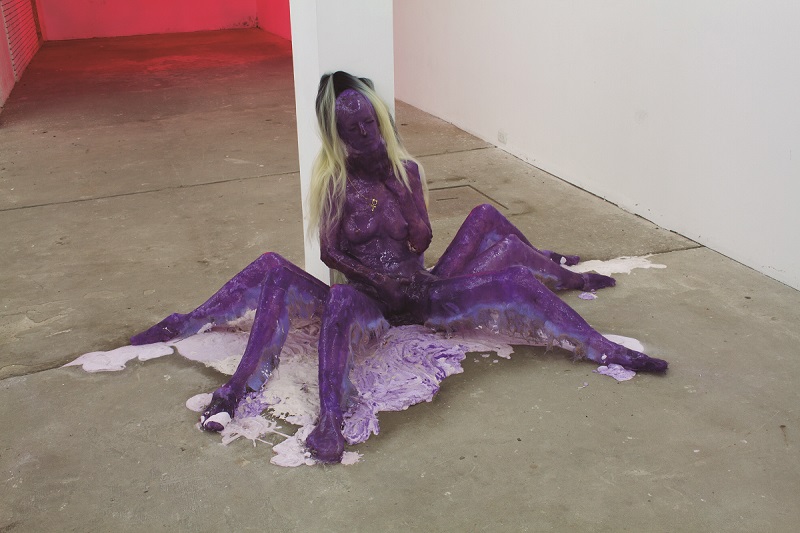
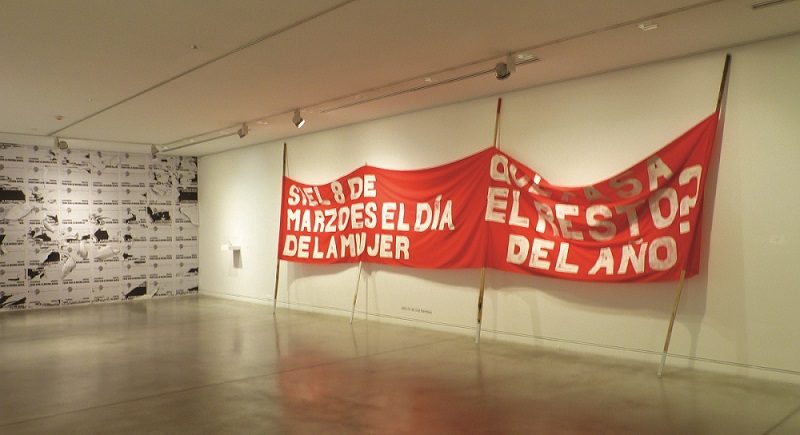
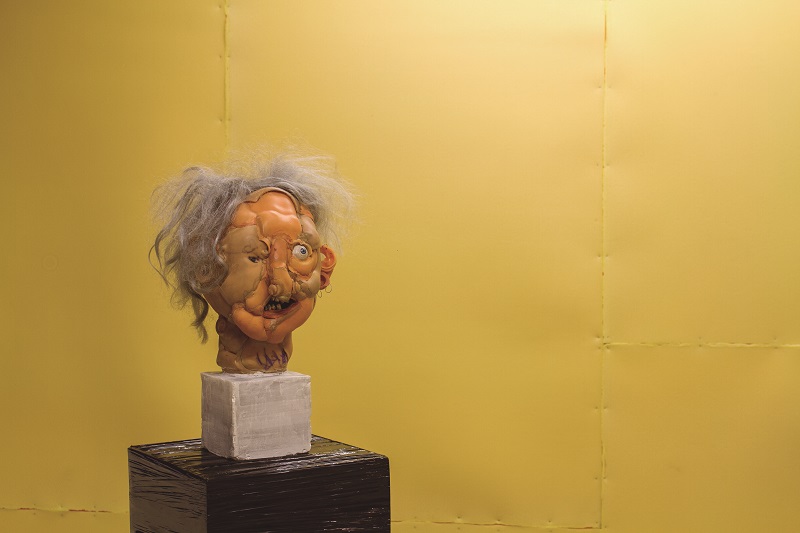
Comments
There are no coments available.